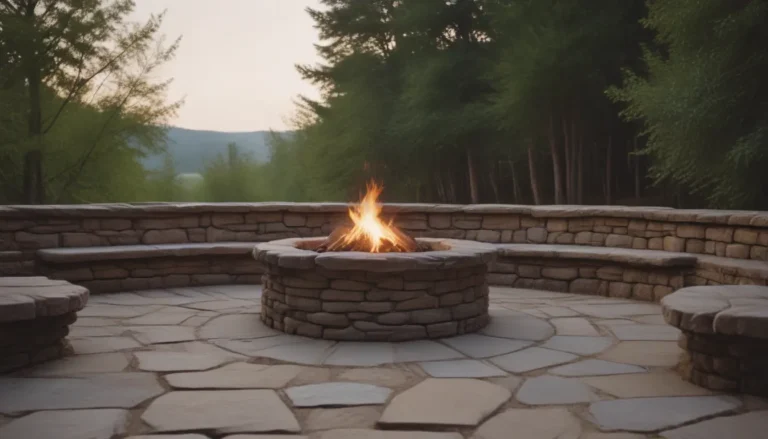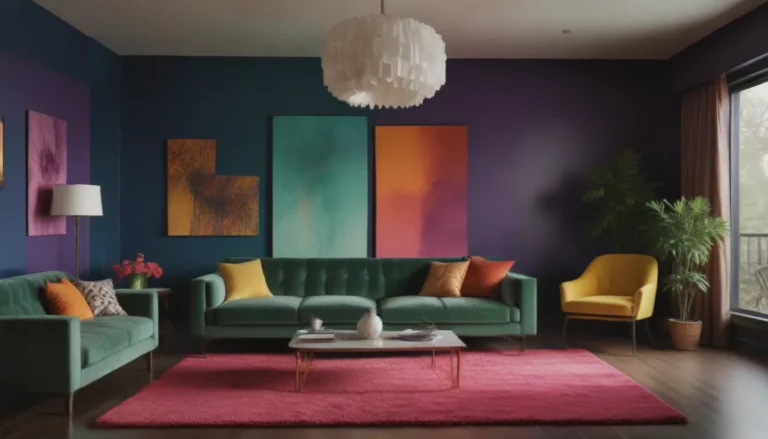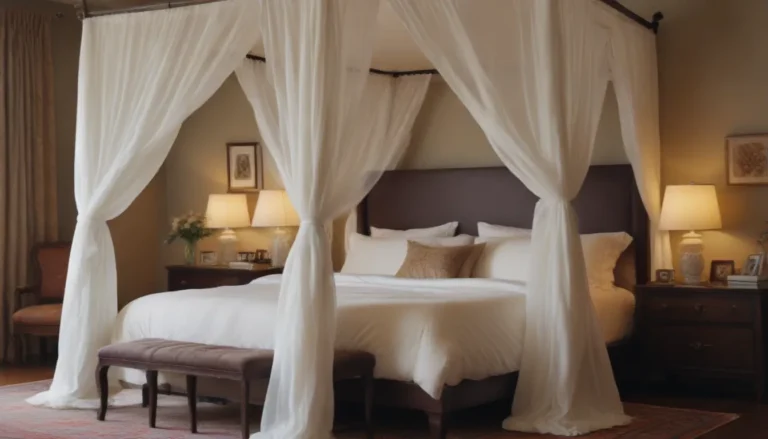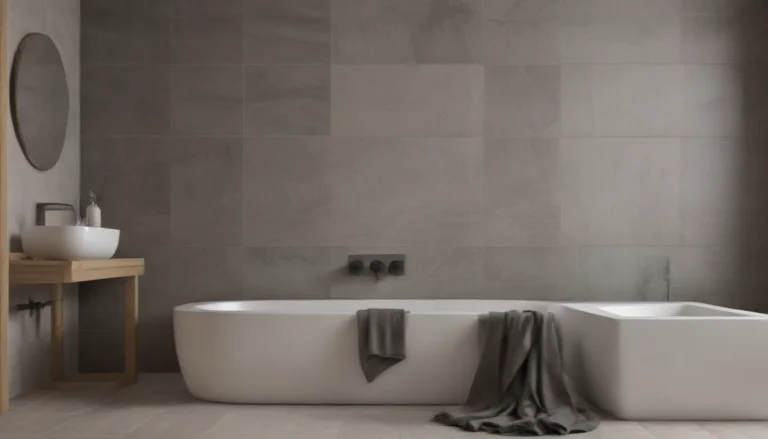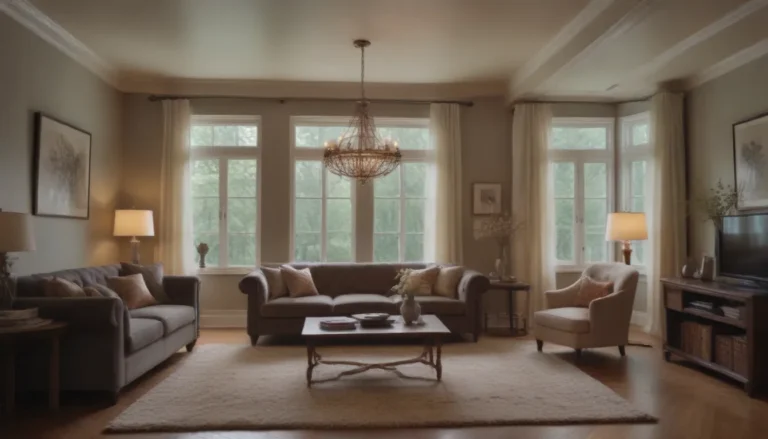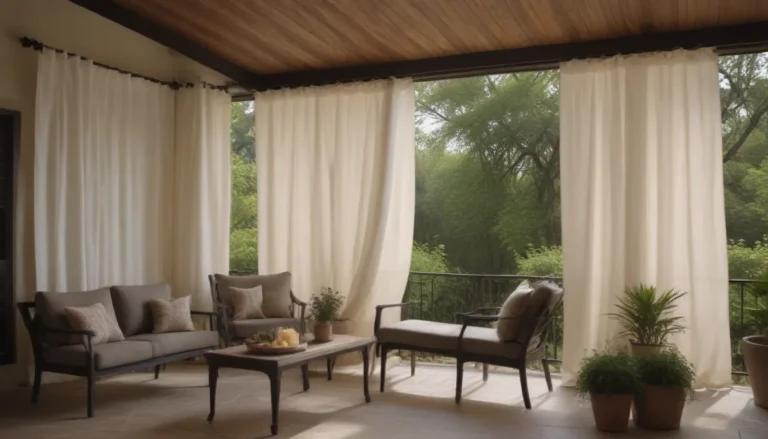Exploring the Rustic Design Style: A Complete Guide

Are you drawn to the charm of rustic design but find it challenging to define exactly what it entails? From cozy farmhouse aesthetics to serene coastal retreats, the rustic style exudes a sense of natural warmth and organic elegance. In this comprehensive guide, we will delve into the essence of rustic design, its key features, and how to incorporate this timeless style into your home seamlessly.
Unraveling the Essence of Rustic Design
Rustic design embodies a natural, aged, and organic aesthetic that embraces imperfections as part of its charm. Whether you resonate with farmhouse, Tuscan, or coastal influences, rustic design is characterized by its authenticity and unpretentious appeal. Contrary to modern or contemporary styles, rustic decor exudes a welcoming and relaxed atmosphere, inviting you to unwind in its earthy embrace. With a soothing color palette of neutral hues like beiges, whites, browns, and grays, rustic design radiates a sense of tranquility and tradition.
Ferreting Out Key Features
When venturing into the realm of rustic design, several key features set this style apart and infuse it with rustic charm:
-
Real Wood: Opt for authentic wood elements that showcase the beauty of natural materials. From wide-planked wood floors to reclaimed wood furniture, real wood takes center stage in rustic design, imparting a sense of warmth and character.
-
Texture: Embrace a textural paradise with rough-hewn woods, natural fibers like jute or animal hide, and raw stone accents. The tactile richness of rustic decor creates a sensory experience that elevates your space.
-
Handmade Touches: Incorporate handmade pieces that boast individuality and craftsmanship. While it’s okay to mix in store-bought items, handmade elements add a personal touch and sense of authenticity to your rustic home.
-
Heavy Elements: Opt for substantial pieces with a weighty presence, such as sturdy wooden tables or plush leather sofas. The heft of rustic design adds a sense of solidity and durability to your space.
-
Simplicity: Keep the design straightforward and let the materials shine. Simple, streamlined furniture allows the natural beauty of wood and stone to take center stage, creating a harmonious balance in your rustic home.
-
Exposed Beams: If you’re fortunate enough to have exposed beams, showcase them proudly. Exposed beams are a hallmark of rustic design, adding a touch of architectural character and rustic charm to your space.
Rustic vs. Farmhouse: Deciphering the Differences
While rustic and farmhouse styles share commonalities such as a neutral color palette and handmade elements, they each possess distinct characteristics that set them apart:
-
Rustic Design: Raw, rugged, and unrefined, rustic design embraces imperfections and natural textures. Think distressed wood, large stone fireplaces, and a rough-hewn aesthetic that exudes authenticity and character.
-
Farmhouse Design: Warm, inviting, and polished, farmhouse design exudes a cozy, homey atmosphere. Featuring elements like exposed wood beams and shiplap, farmhouse design incorporates industrial touches and exudes a more refined charm compared to rustic design.
Embracing Natural Materials: A Signature of Rustic Design
At the core of rustic design lies a reverence for materials sourced from the earth. Embrace the following common materials to infuse your space with rustic elegance:
-
Real Wood: Unprocessed woods like oak, pine, and cedar add warmth and character to your interiors, embodying the essence of rustic design.
-
Heavy Stone: Incorporate natural stone accents, such as quartz, granite, or slate, to introduce a touch of organic elegance to your rustic home.
-
Brick: From exposed brick walls to charming brick fireplaces, brick accents lend a timeless appeal to rustic interiors, adding a rustic touch to your space.
-
Natural Textiles: Jute, burlap, and canvas textiles bring a touch of nature indoors, enhancing the tactile appeal of your rustic decor. Choose natural fibers for rugs, curtains, and accent pieces to create a cohesive rustic look.
Where to Find Rustic Inspiration: Unveiling Retailers and Resources
While incorporating rustic design into your home may seem daunting, several retailers and resources offer a plethora of rustic decor options to inspire your design journey:
-
Local Flea Markets: Explore your local flea markets for unique, handmade rustic pieces that add character to your space. Custom pieces from local vendors can infuse your home with rustic charm at affordable prices.
-
Etsy: Browse Etsy for one-of-a-kind rustic decor pieces crafted by artisans and makers. Commission custom furniture or accessories to add a personalized touch to your rustic interiors.
-
Specialty Retailers: Discover specialty retailers that curate rustic decor items, from furniture to accents, that embody the essence of rustic design. Invest in quality pieces that celebrate the beauty of natural materials and craftsmanship.
Crafting Your Rustic Sanctuary
In conclusion, rustic design encapsulates the essence of natural beauty, authenticity, and simplicity. By incorporating real wood, texture-rich elements, and handmade touches into your decor, you can create a rustic sanctuary that exudes warmth and character. Whether you prefer the rugged charm of rustic design or the inviting appeal of farmhouse aesthetics, embracing natural materials and earthy tones will transform your space into a rustic haven. Explore the world of rustic design and infuse your home with timeless elegance and natural charm.
